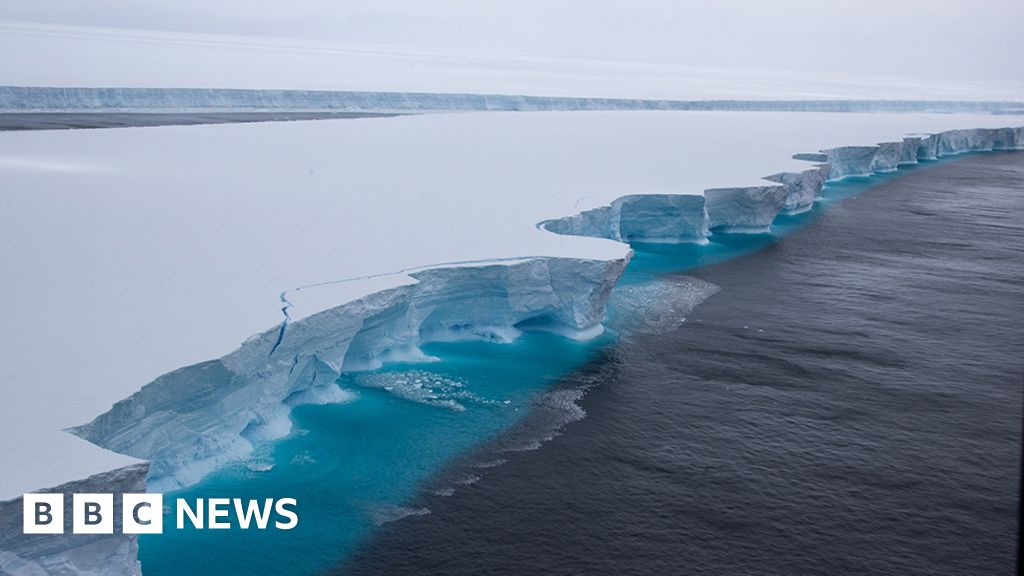The iceberg came from a part of the Antarctic where it is still very cold – the Larsen C Ice Shelf. This is a mass of floating ice formed by glaciers that have flowed down off the eastern side of the Antarctic Peninsula into the ocean. On entering the water, the glaciers’ buoyant fronts lift up and join together to make a single protrusion. The calving of bergs at the forward edge of this shelf is a very natural behaviour. The shelf will maintain an equilibrium and the ejection of bergs is one way it balances the accumulation of mass from snowfall and the input of more ice from the feeding glaciers on land. Larsen C calves big icebergs like A68 on decadal timescales.
Related posts:
After Trump Fact-Check, Twitter Flags China Spokesperson's Tweet on COVID-19 Crisis
ISRO: Gaganyaan mission likely to be launched by 2022 end or early 2023: Jitendra Singh
India, UK sign agreement to collaborate on science and innovation
Static test of first stage solid motor of India's mini rocket SSLV unsuccessful
Barbie: Mattel launches its first doll collection made out of 90% recycled ocean-bound...
Microsoft's Bing Chat A.I. bot now lets you search using images
A seat on Jeff Bezos's rocket is going for $2.2 million and counting
Chang'e-6 far side of the Moon probe begins journey back
Plaid taps Adyen executive to lead its European operations
Twitter CEO Linda Yaccarino Says 'X' Is The Future Of Limitless Interactivity; Name Change...

